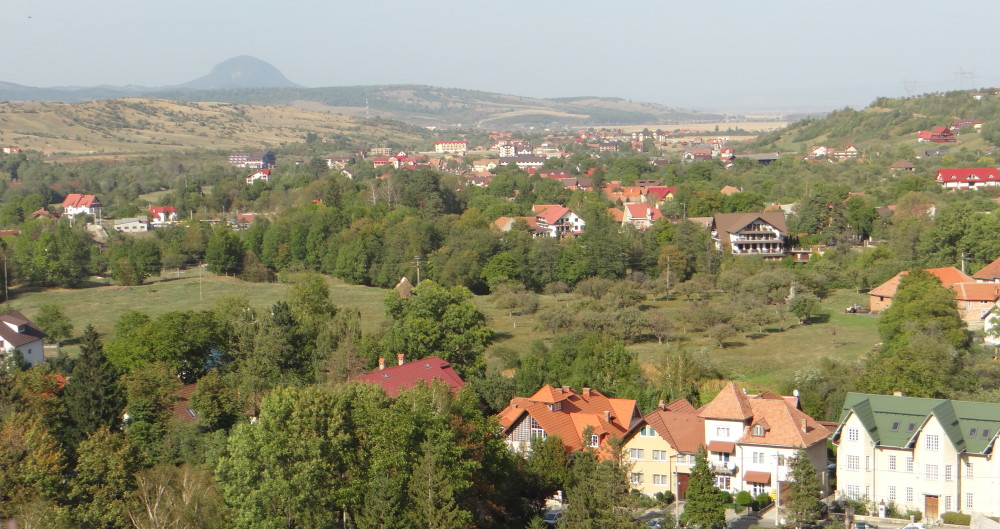Environmentalists have told us that we must reduce the escalating levels of CO2 or we risk a complete meltdown of our entire global ice cap and massive planetary destruction. Not only is the ice cap 60 percent larger this year but we have been in a cooling period for the past 16 years. Even the United Nation’s expert on global warming, the Intergovernmental Panel on Climate Change (IPCC), had to admit that their computer modeling predicting global warming Armageddon was wrong.
Based on this alarmist erroneous information, most countries have made and are making fundamental changes to the way they live and do business. Germany was one of the first European countries to jump on the wind and solar renewable energy bandwagon, abandoning nuclear power generation after the Fukushima disaster in Japan. Consequently, according to Spiegel Online International, Germans were forced to pay the highest electricity rates in Europe. “Germany’s energy poverty” hit the underprivileged the hardest when “electricity became a luxury good.” Welfare and pension checks were not adjusted to accommodate for higher prices. Over 300,000 Germans a year have their electricity cut off because they cannot afford to pay their electric bills. “Two-thirds of the price increase is due to new government fees, surcharges and taxes.”
The renewable energy is generating so many tax surcharges, Germans can no longer keep up – there is a surcharge to finance the power grids, and collateral damage charges from energy surplus or deficit, depending on the weather and the time of the day.
In winter time, when the wind stops blowing, the coal and oil power plants are fired up to provide electricity, releasing more carbon dioxide into the atmosphere, the maligned carbon dioxide that is so necessary for plant life to thrive.
Wind turbines are turned off if there is too much electricity coming from the grid. But consumers have to pay for the “phantom electricity” the turbines are theoretically generating.
On numerous occasions, Germany pays fees to dump already subsidized green energy. Experts call this “negative electricity prices.”
Plants, like ArcelorMittal steel in Hamburg that use up a lot of energy, are asked to shut down production if there is an electricity shortage in order to protect the smart grid. Ordinary electricity customers “are expected to pay to compensate these businesses for lost profits.”
Wind turbines on the offshore wind farms on the island of Borkum in the North Sea are spinning but are not connected to the grid yet – the connection cable won’t be ready until next year. The turbines must be kept running with Diesel fuel in order to prevent rusting.
There are many other hidden costs:
– the ocean cables – and they are not cheap;
– a giant yellow electrical socket the size of a building that is supposed to store and transport electricity through the cables at a cost of one billion euros but has a lifespan of 20 years;
– stopping the entire wind generation operation during high seas;
– stopping the operation when porpoises and their young are spotted (their hearing might be affected but nobody seems to care if humans are affected by the annoying hum);
– low demand for electricity in the sparsely populated coastal regions, necessitating the installation of high-voltage power lines which transport electricity to the center and southern regions of Germany with a high population concentration;
– no incentive for electricity storage because it may cause the smart grid to become unstable.
http://www.spiegel.de/international/germany/high-costs-and-errors-of-german-transition-to-renewable-energy-a-920288.html
For Germany, it all adds up to a disaster in the making and an explosion of electricity prices per kWh, at least 40% or more. For those 300,000 or so Germans who cannot pay their bills annually, it is a cave dwelling existence in the dark. If we consider Obama administration’s “War on Coal,” coal that generates 49% percent of our electricity, high prices are coming soon to our homes via the drone attached to our houses, the Smart Meter.
I recall my childhood with my grandparents who only lived 5 miles from town but did not have electricity until the mid-1970s. It was very hard reading by an oil lamp. We had to go to bed at sundown. No radio, no TV, no reading in the dark, no reading during the day, too many chores to do, nothing but a primitive lifestyle revolving around planting, weeding, and harvesting crops. We gathered in pitch darkness in the road sometimes and exchanged stories about daily happenings. Must must we go back to this lifestyle and why?
